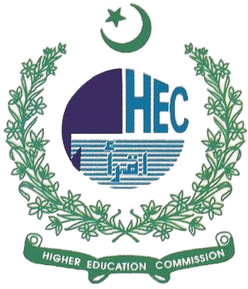THE ROLE OF SCHOOL LEADERSHIP IN MANAGING CHALLENGES OF AI, SIMULATIONS, AND VIRTUAL LABS FOR PHYSICS AND COMPUTER SCIENCE EDUCATION
DOI:
https://doi.org/10.63878/jalt1226Keywords:
School leadership; Artificial Intelligence in education; Simulations; Virtual laboratories; Teacher readiness; Professional development; Educational equity; Technology integration.Abstract
The proposed study explores how school leaders can handle the difficulties linked to integrating Artificial Intelligence (AI), simulations, and virtual laboratories in Physics and Computer Science learning in Punjab. Since the emerging technologies promise to improve conceptual knowledge, inquiry-based education, and equal access to opportunities, their use has been disproportionate because of the obstacles of infrastructure discrepancies, insufficient professional growth, and ethical issues. This study seeks to examine the role of leadership practices, i.e., vision-setting, resource allocation, capacity building, and policy governance, in promoting or deterring the adoption of meaningful technology. The approach was a mixed-methods convergent parallel design, wherein large-scale surveys (n = 412 teachers; n = 95 school leaders) were used to complement semi-structured interviews, focus groups, classroom observations, and document reviews among 98 secondary and higher-secondary schools. Descriptive statistics, regression, and Structural Equation Modeling (SEM) were used to analyze quantitative data whereas the analysis of qualitative evidence was done through reflexive thematic analysis. Triangulation gave a comprehensive explanation of the dynamics of leadership, teacher preparedness, and student engagement. The results identified leadership vision, professional development, and infrastructure readiness as the best predictors of technology adoption, and teacher readiness acted as an intermediary. Simulations turned out to be the most efficient means of increasing student engagement, whereas AI and virtual labs were not exploited because of competence gaps and contextual restrictions. Access and infrastructure differences between rural and urban settings played a major role in the results, and ethical concerns such as privacy of data, discretion of algorithms, and the absence of regulation mechanisms were regularly cited as obstacles. The tested conceptual model puts the emphasis on leadership as the centralized adoption driving factor mitigated by contextual and ethical factors.The research arrives at the conclusion that the success of AI, simulations and virtual laboratories in STEM education depends on the leadership of the school. Policy and practical suggestions are the elaboration of broad ICT and AI policies, infrastructure investment in remote schools, long-term professional growth design, and integrating ethical protection. The findings add to the global body of research on digital education leadership and provide context-based approaches to make technology integration in schools in Punjab equitable, responsible, and sustainable.
Downloads
Published
Issue
Section
License

This work is licensed under a Creative Commons Attribution-NonCommercial-NoDerivatives 4.0 International License.


